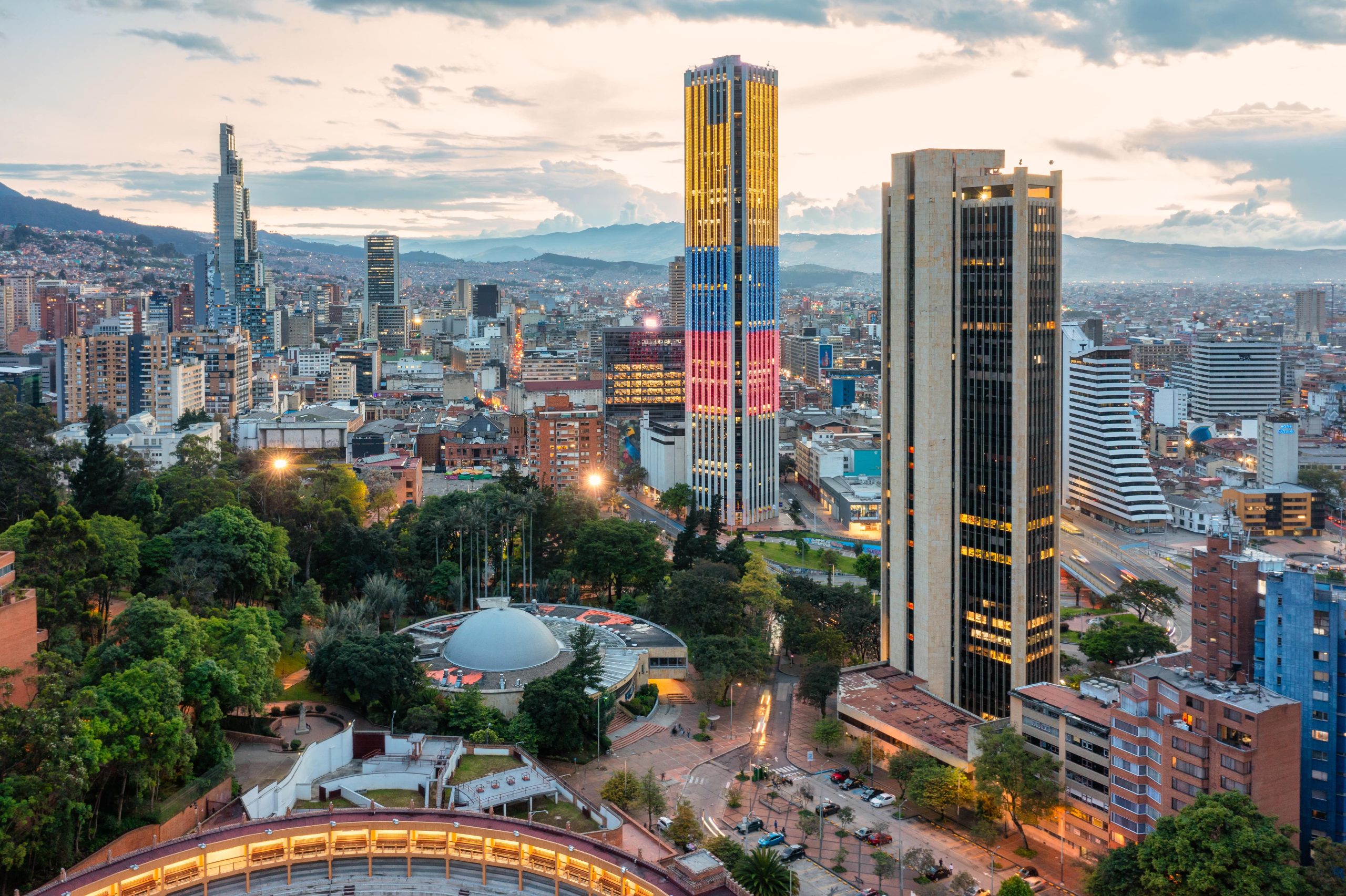What does the Kenyan National Guidelines Mean for Transport?

Kenya’s Energy and Petroleum Regulatory Authority has released new Kenyan national guidelines for green hydrogen and ammonia, including a goal to substitute 50% of current fertiliser imports.
Via two, five-year phases, Kenya aims to substitute 50% of current, ammonia-based fertiliser imports (between 300,000 – 400,000 tons per year) with locally-produced alternatives, based on the production of electrolytic hydrogen.
Fuel for power generation, vehicle transport and potential exports of ammonia are also covered by the Kenyan national guidelines. Projects in Kenya will be fast-tracked for approval and implementation by a new government body: the Green Hydrogen Secretariat, which will operate as part of the Energy and Petroleum Regulatory Authority.
Guidelines for green hydrogen production
The guidelines require hydrogen to meet a series of sustainability threshold requirements: land use, water use, and grid-connected electricity (at least 80% renewable). The requirements also echo EU standards for hydrogen, including additionality of renewable energy generation and time matching. A host of financial incentives are also available, including tax and VAT exemptions, investment deduction allowances and single licenses for operation. The Kenyan government has established special export and public economic zones where these projects can be developed.
The green hydrogen strategy will be implemented in two phases. The first phase (2023-2027) focuses on cultivating domestic demand and implementing catalytic commercial projects to kick-start the green hydrogen industry. The target is to substitute 20% of imported ammonia-based fertiliser (around 100,000 tonnes/year) and 100% of imported methanol (>5,000 tonnes/year) with local production.
The second phase (2028-2032) will prioritise market development and external factors that leverage lessons learnt from the first phase with a focus on regional and global export opportunities. The target is to substitute 50% of imported ammonia-based fertiliser (around 300,000 – 400,000 tonnes/year), decarbonise power generation and the transport sector using green fuels and explore the export market for green hydrogen derivatives.
For ammonia, the well-to-gate threshold for carbon intensity will be set at 0.3kg CO2e per kg, averaged over a twelve-month production period. Similar to hydrogen and other derivatives, an annual reporting process to the Kenyan government will be required, including detailed accounting of ammonia produced and offtakers, compliance with the National Environmental Management Authority standards, and production carbon intensity as verified by the Kenya Bureau of Standards.
Industry coordinators include the following:
To herald and coordinate the industry, a Green Hydrogen Program Coordination Committee (GH2-PCC) has been established. GH2-PCC is a multisectoral committee comprising government ministries and state agencies relevant to the green hydrogen economy, private sector and civil society. The committee provides strategic oversight and monitors the implementation of the Green Hydrogen Strategy and Roadmap for Kenya.
The GH2-PCC is supported by a Green Hydrogen Secretariat (Secretariat) hosted by the Ministry of Energy and Petroleum. The Secretariat operates as a “one-stop-shop” to streamline project approval, fast-track implementation of flagship projects, and provide market research and value chain analysis.
The production of green hydrogen should be done sustainably to ensure economic, environmental and social benefits and enhance trust and confidence among the players along the value chain. Adherence to standards ensures compliance in critical areas such as stakeholder engagement, land acquisition, waste management, the rights of local communities, and equitable benefit sharing. This, in turn, bolsters the integrity and reliability of the entire value chain.
The Guidelines, issued by the Energy and Petroleum Regulatory Authority (Authority) in consultation with stakeholders, aim to ease engagements between investors, the GH2-PCC, the Secretariat, and other industry participants to accelerate investment in the sector.
Byline: Eric Maina

